Home>Ideas and Tips>Indoor Spider Plant Propagation to Expand Your Plant Collection
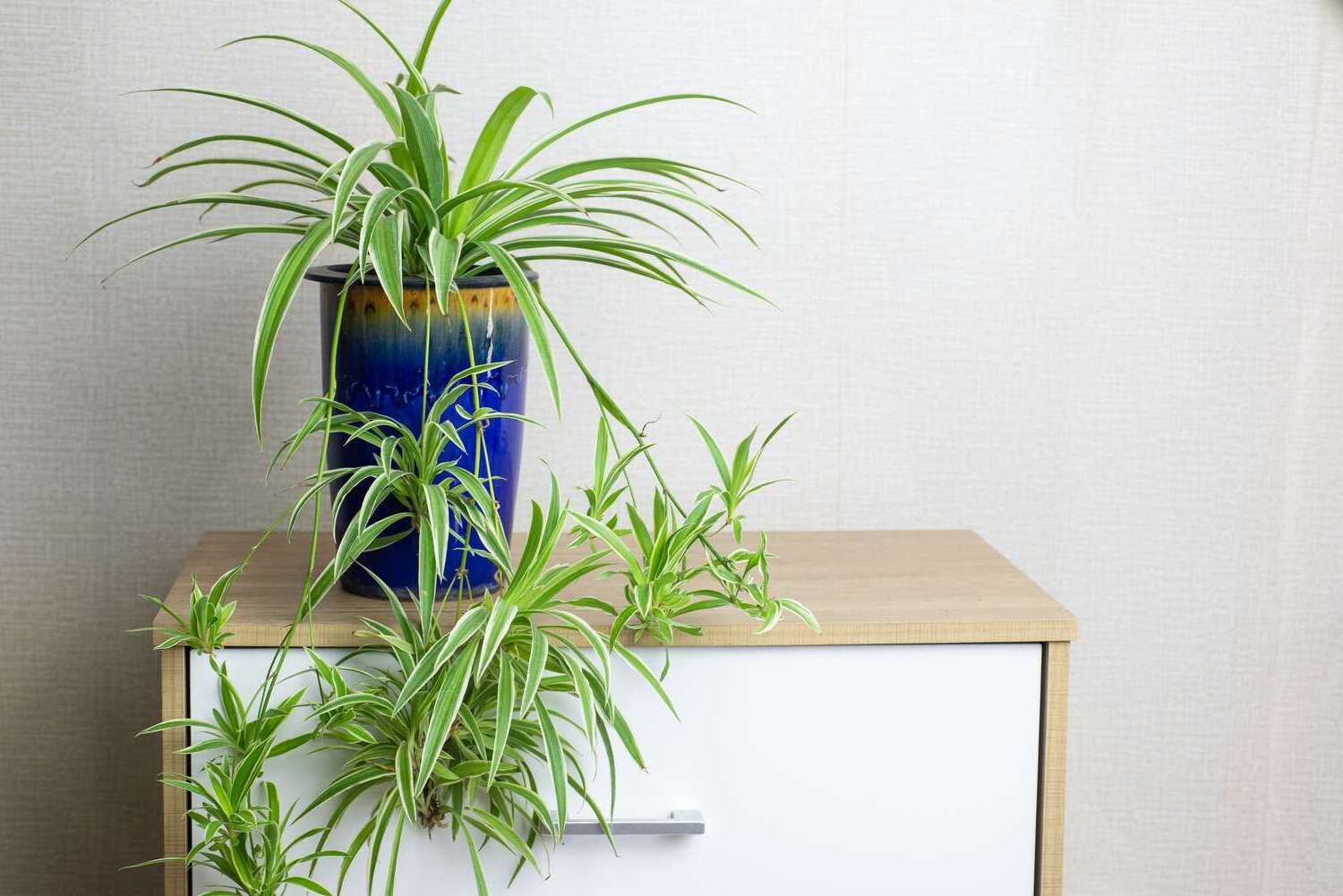

Ideas and Tips
Indoor Spider Plant Propagation to Expand Your Plant Collection
Published: September 2, 2024
Learn how to easily propagate spider plants indoors and expand your plant collection with our comprehensive guide. Perfect for beginners and seasoned gardeners.
(Many of the links in this article redirect to a specific reviewed product. Your purchase of these products through affiliate links helps to generate commission for Storables.com, at no extra cost. Learn more)
Spider plants, with their elegant, variegated foliage and effortless propagation, have long been a favorite among houseplant enthusiasts. These versatile plants are not only easy to care for but also incredibly rewarding to propagate. In this article, we will delve into the world of spider plant propagation, providing you with a comprehensive guide on how to expand your plant collection using these charming houseplants.
Spider plants, scientifically known as Chlorophytum comosum, are one of the most common and popular houseplants. Native to South Africa, they have been a staple in indoor gardening for generations. Their name comes from the small plantlets that dangle from the ends of their long, arching stems, resembling tiny spiders.
Botanical Name and Common Names
- Botanical Name: Chlorophytum comosum
- Common Names: Spider plant, airplane plant, ribbon plant, spider ivy, St. Bernard's lily
Appearance and Varieties
Spider plants are known for their long, strap-shaped leaves that can be solid green or variegated with white or yellow stripes. The leaves are not flat but appear channeled or folded down the middle. Plants typically grow between 8 to 24 inches tall and up to 36 inches wide. They produce small white, star-shaped flowers at the ends of their stems, which can be pollinated to produce leathery capsules containing flat black seeds.
There are several varieties of spider plants, including:
- ‘Milky Way’: This variety has leaves with green margins and a broad white to cream center, giving it a lighter overall appearance.
- ‘Vittatum’: Known for its dark green leaves with a wide, creamy white stripe down the center.
- ‘Variegatum’: Features relatively broad green leaves with white margins.
- ‘White Stripe’: Characterized by a narrow white to cream line down the central leaf vein that fades as the leaf ages.
Propagating spider plants is not only a great way to expand your plant collection but also to share these beautiful plants with friends and family. Here are some reasons why you should propagate your spider plants:
- Easy to Propagate: Spider plants are incredibly easy to propagate, making them perfect for beginners.
- Fast Growth: They grow quickly, producing new plantlets that can be easily separated and potted.
- Air Purification: Spider plants are known to purify the air by absorbing chemicals like formaldehyde, xylene, benzene, and carbon monoxide.
- Versatile: They can thrive in a variety of conditions and can be grown indoors or outdoors in warmer climates.
Propagating spider plants is a straightforward process that can be done in several ways. Here are the top three methods:
Method 1: Propagating by Plantlets
This is the most common method of propagation and involves using the small plantlets that grow on the ends of the stems.
- Identify Plantlets: Look for the small plantlets (spiderettes) that grow on the ends of the stems. These plantlets have their own roots and can be separated from the mother plant.
- Prepare Soil: Fill a pot with well-draining potting soil.
- Plant Plantlet: Gently remove the plantlet from the mother plant, taking care not to damage the roots. Plant it in the prepared soil, making sure the soil level is the same as it was on the mother plant.
- Water and Provide Light: Water the soil gently but thoroughly. Place the pot in a location with bright, indirect light.
Method 2: Propagation in Water
This method involves placing the plantlet in water before transferring it to soil.
- Prepare Water: Fill a glass or vase with water.
- Plantlet in Water: Place the plantlet in the water, making sure it is fully submerged.
- Wait for Roots: Allow the plantlet to develop roots in the water for about two weeks.
- Transfer to Soil: Once roots have developed, transfer the plantlet to a pot filled with well-draining potting soil.
- Water and Provide Light: Water the soil gently but thoroughly. Place the pot in a location with bright, indirect light.
Method 3: Division
This method involves dividing the mother plant into smaller sections.
- Prepare Tools: Use a sharp knife or pruning shears to divide the mother plant into sections.
- Separate Sections: Gently separate each section, making sure each section has its own roots.
- Plant Sections: Plant each section in a pot filled with well-draining potting soil.
- Water and Provide Light: Water the soil gently but thoroughly. Place the pots in a location with bright, indirect light.
While propagating spider plants is relatively easy, proper care is essential for their health and growth. Here are some plant care tips:
Soil and Repotting
- Soil Type: Use a well-draining potting mix to prevent soggy soil and root rot.
- Repotting: Spider plants prefer to be slightly root-bound but may need repotting every few years to prevent cracking the pot. Wait four to six months before fertilizing a newly potted plant.
Watering
- Frequency: Water your spider plant once a week, allowing the soil to dry out slightly between waterings.
- Avoid Overwatering: Overwatering can lead to root rot, so ensure the pot has drainage holes to prevent waterlogged soil.
Light Requirements
- Indirect Light: Spider plants prefer bright to moderate indirect light. Avoid direct sunlight, which can scorch the leaves.
Temperature and Humidity
- Temperature Range: Keep your spider plant in temperatures ranging from 65° to 75° F (18° to 24° C) during the day and 50° to 55° F (10° to 13° C) at night.
- Humidity Level: Average humidity levels are fine, but avoid placing the plant near heating or cooling vents.
Fertilization
- Frequency: Fertilize your spider plant every three to four months using a general-purpose fertilizer. Avoid overfertilizing, as this can lead to tip browning.
Despite their hardiness, spider plants can sometimes encounter issues that need attention. Here are some common problems and their solutions:
Pests
- Scale Insects and Mealybugs: These pests can infest spider plants. Treat infestations with insecticidal soap or neem oil.
Root Rot
- Overwatering: Root rot is often caused by overwatering. Ensure the pot has drainage holes and avoid watering too frequently.
Browning of Leaf Tips
- Low Humidity and Dry Soil: Browning of leaf tips can be caused by low humidity and dry soil. Use distilled water to prevent chemical buildup, and ensure regular watering.
Spider plants are versatile and can be displayed in various ways to enhance their beauty and functionality:
Hanging Baskets
- Elegant Display: Spider plants look stunning when placed in hanging baskets, allowing their stems and plantlets to dangle freely.
Containers
- Contrasting Foliage: Combine spider plants with other foliage types in containers for a visually appealing contrast.
Ground Cover
- Outdoor Use: In warmer climates, spider plants can be used as a ground cover in partly shaded areas, adding a touch of greenery to your garden.
Propagating spider plants is an enjoyable and rewarding experience that can help you expand your plant collection. With their easy-to-propagate nature, air-purifying abilities, and versatile display options, spider plants are an excellent choice for both beginners and seasoned gardeners. By following the tips outlined in this article, you can ensure your spider plants thrive and continue to bring beauty and freshness to your indoor spaces. Happy planting
Was this page helpful?
At Storables.com, we guarantee accurate and reliable information. Our content, validated by Expert Board Contributors, is crafted following stringent Editorial Policies. We're committed to providing you with well-researched, expert-backed insights for all your informational needs.
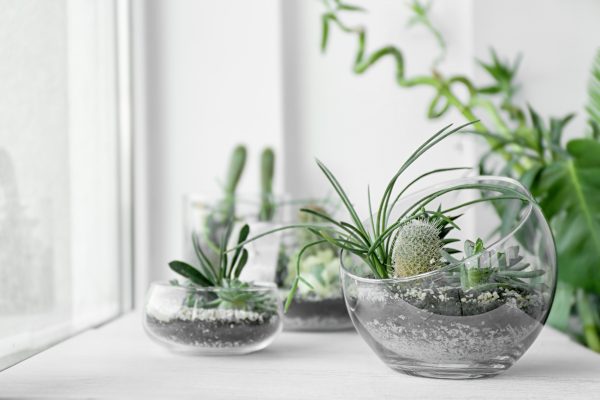
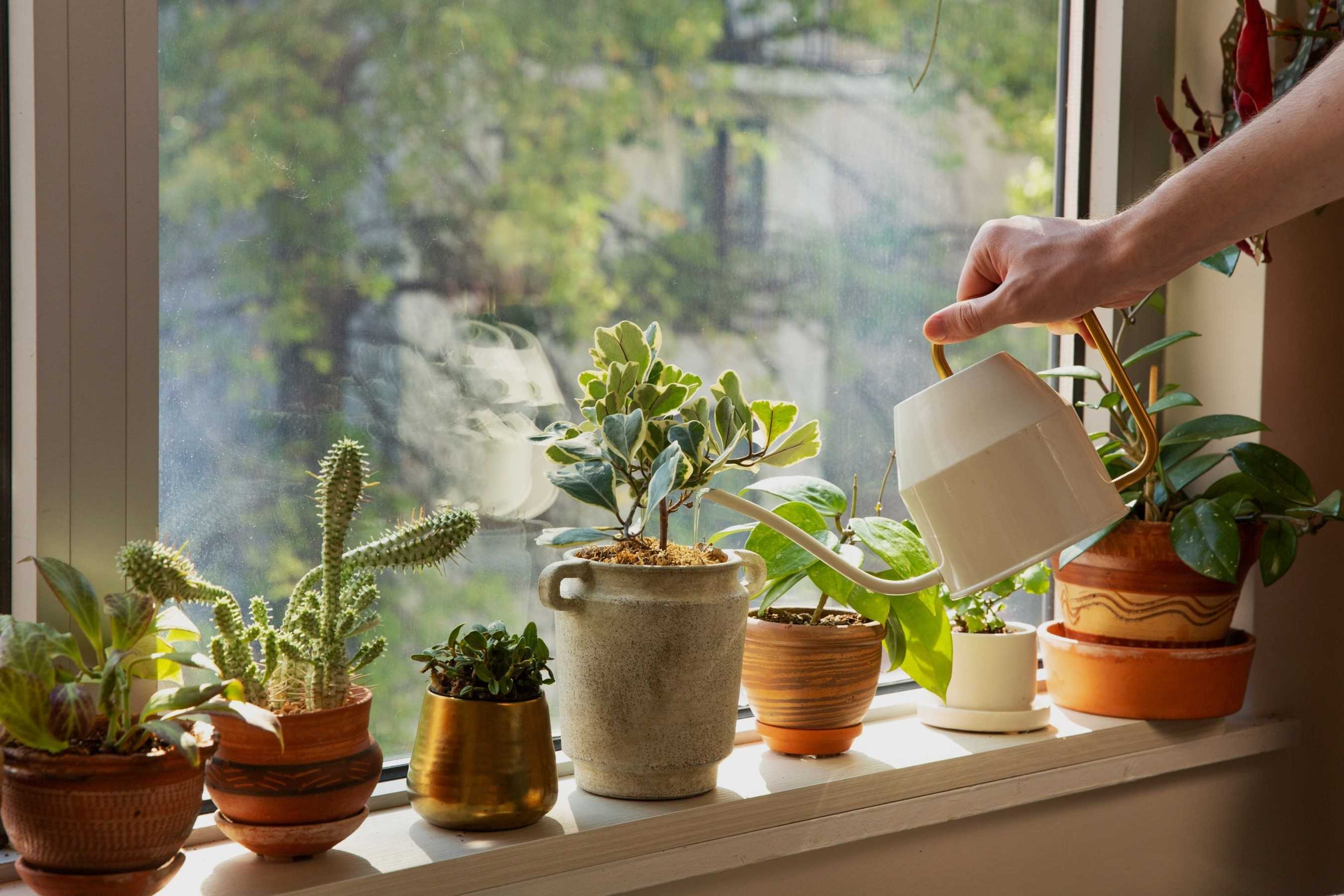

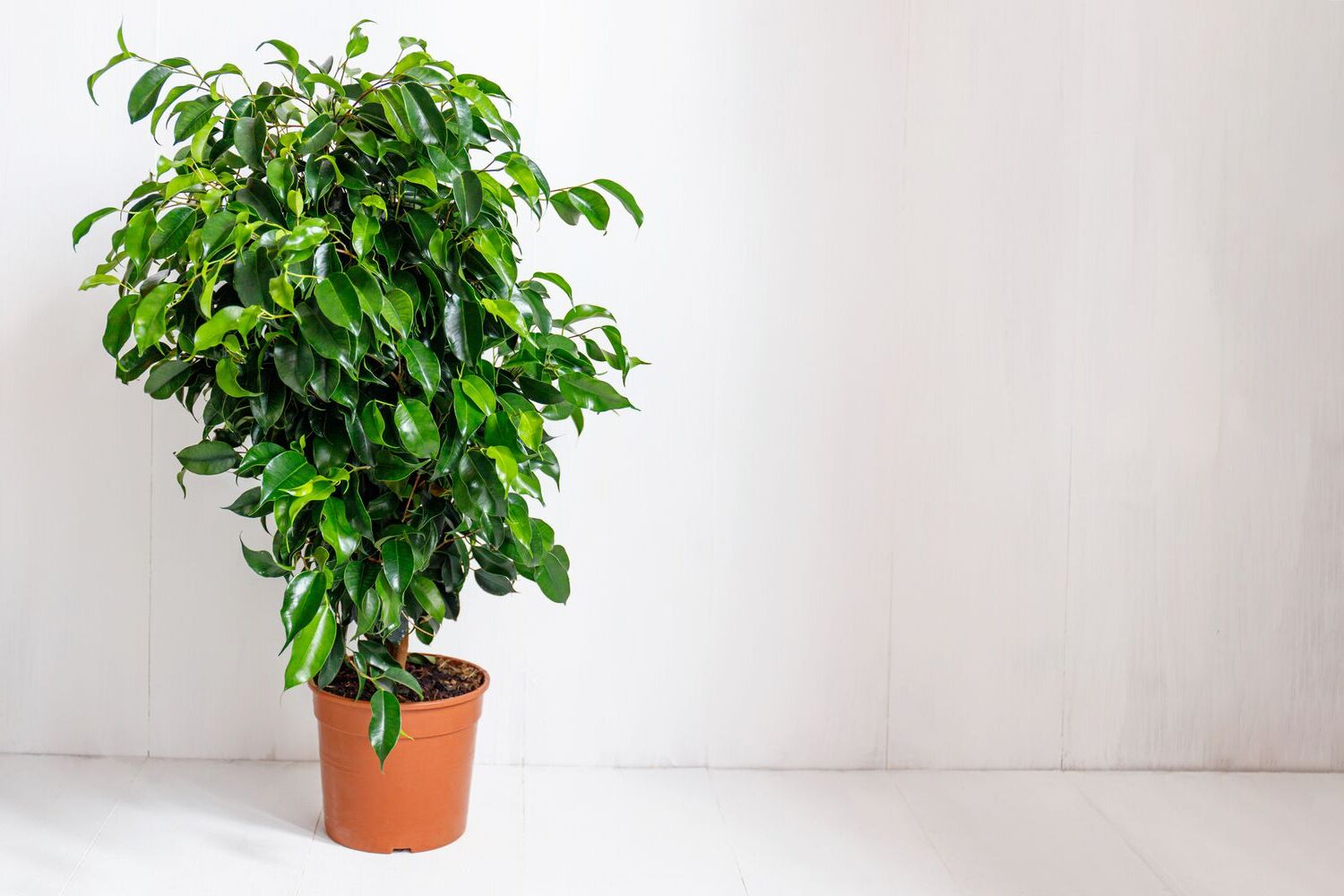
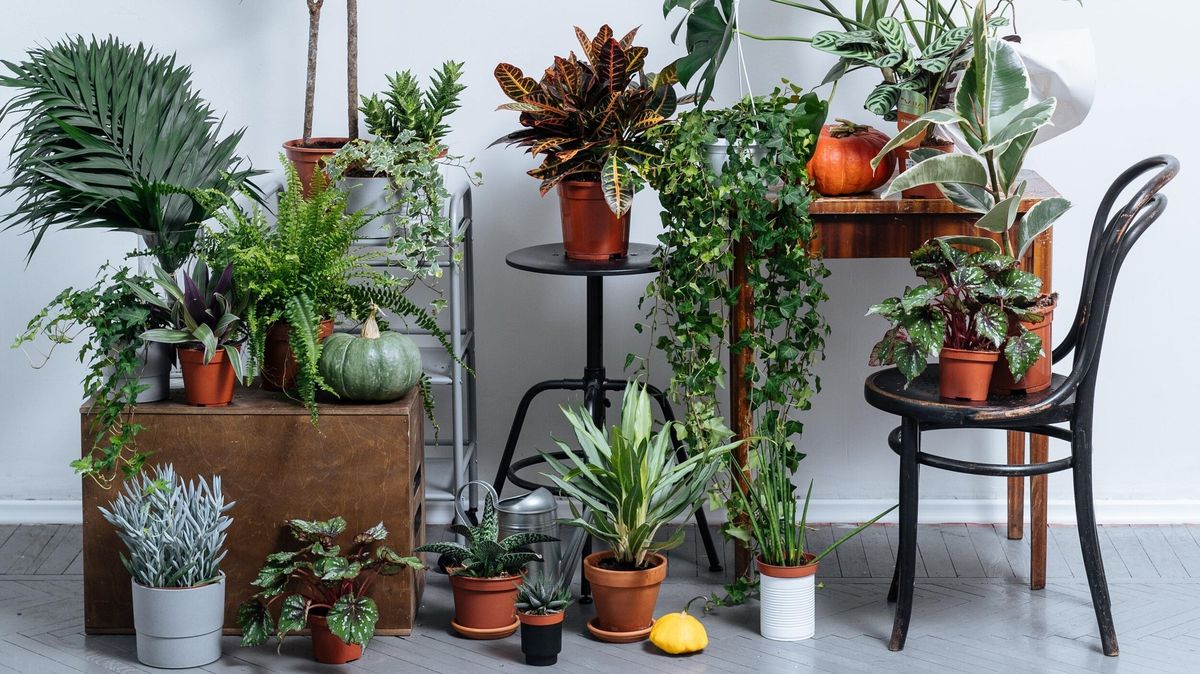
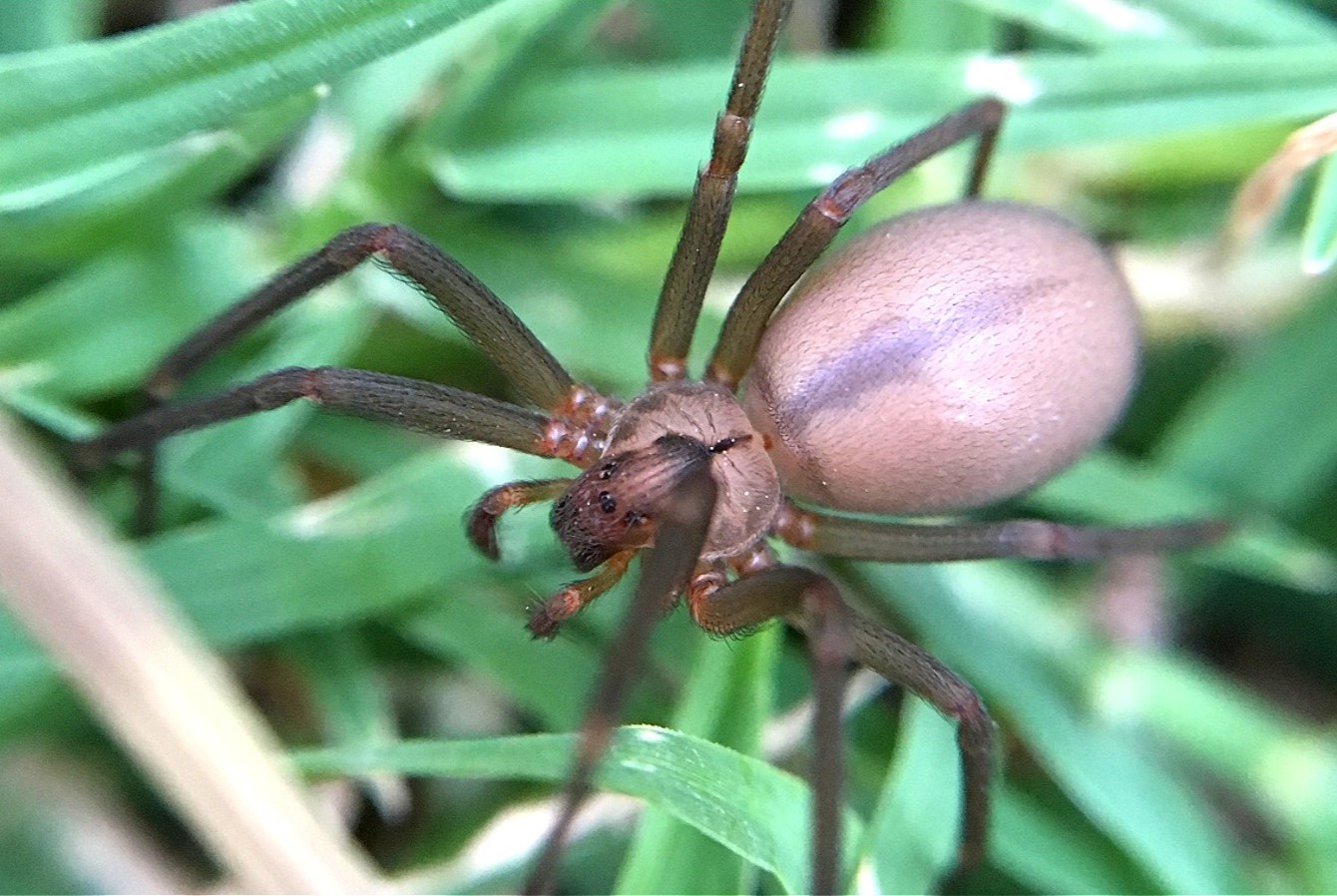
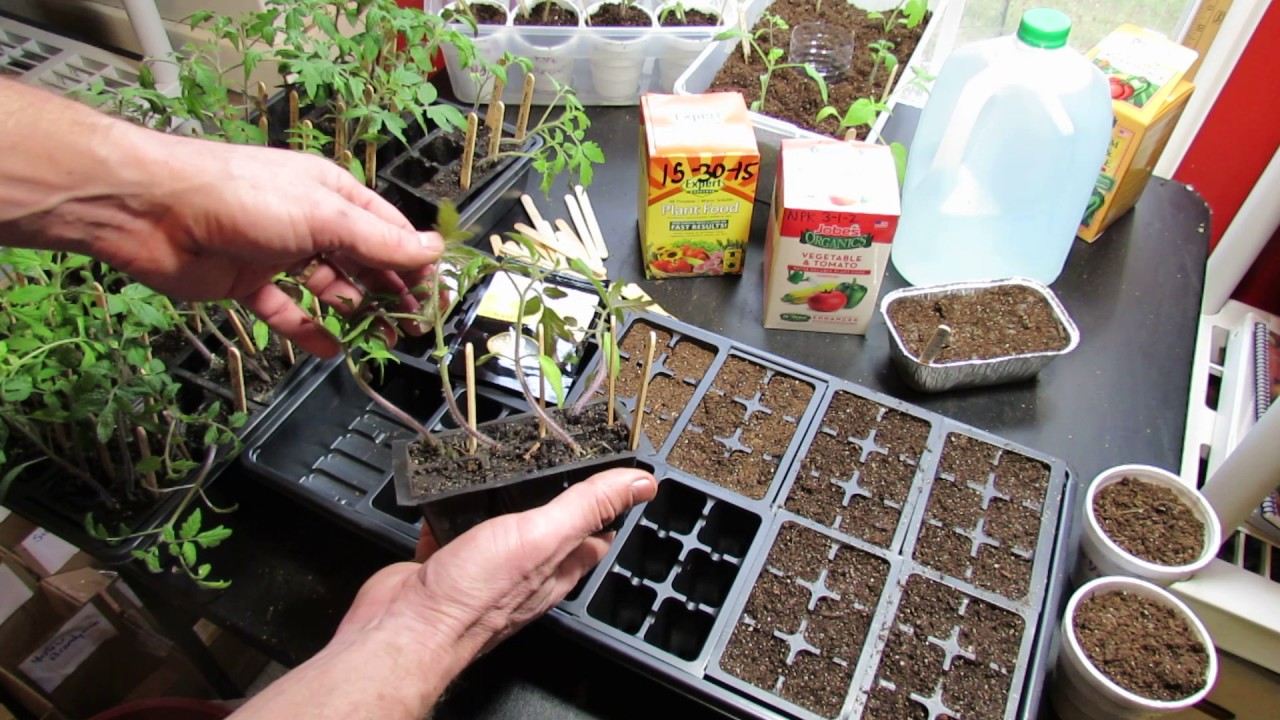
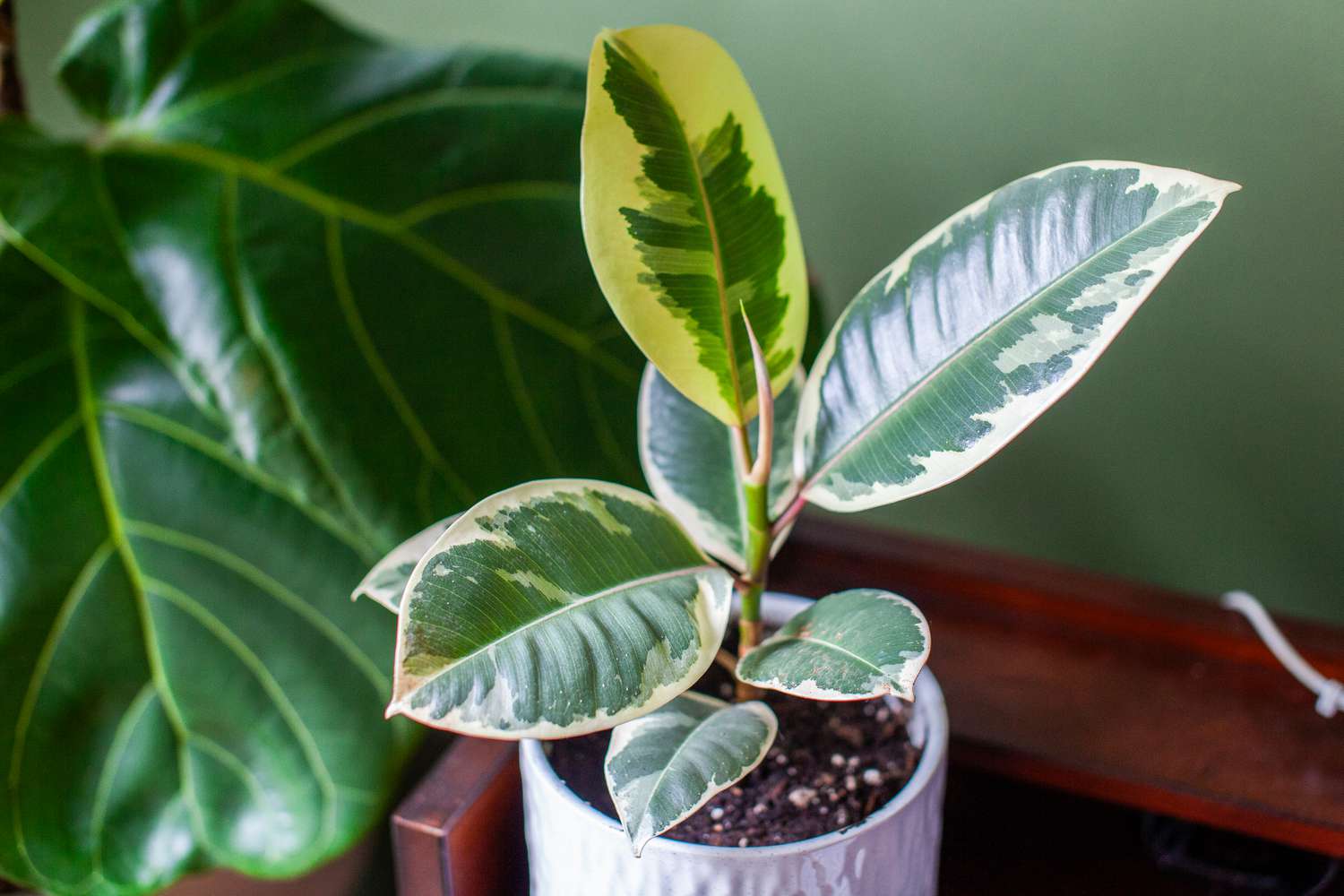
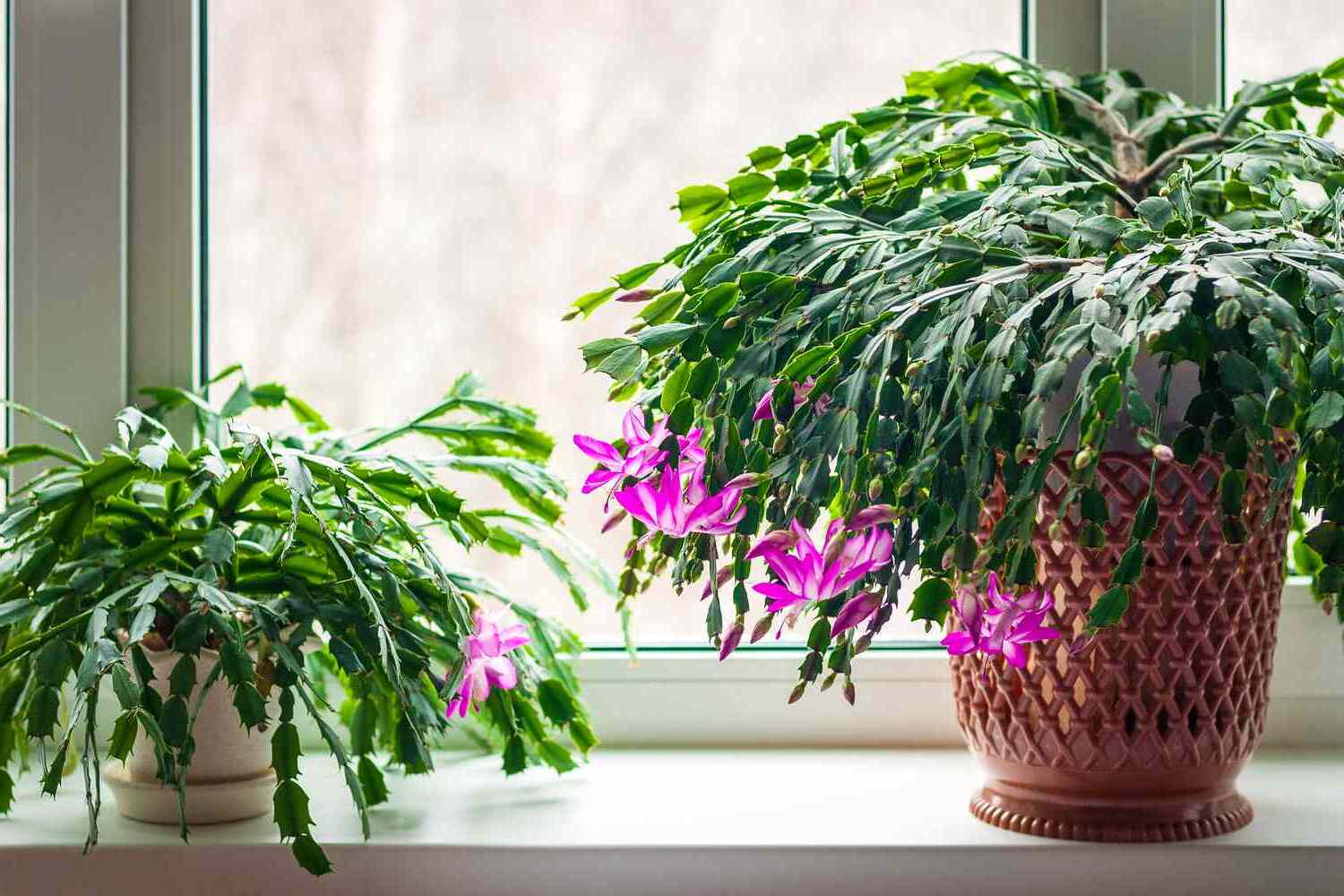
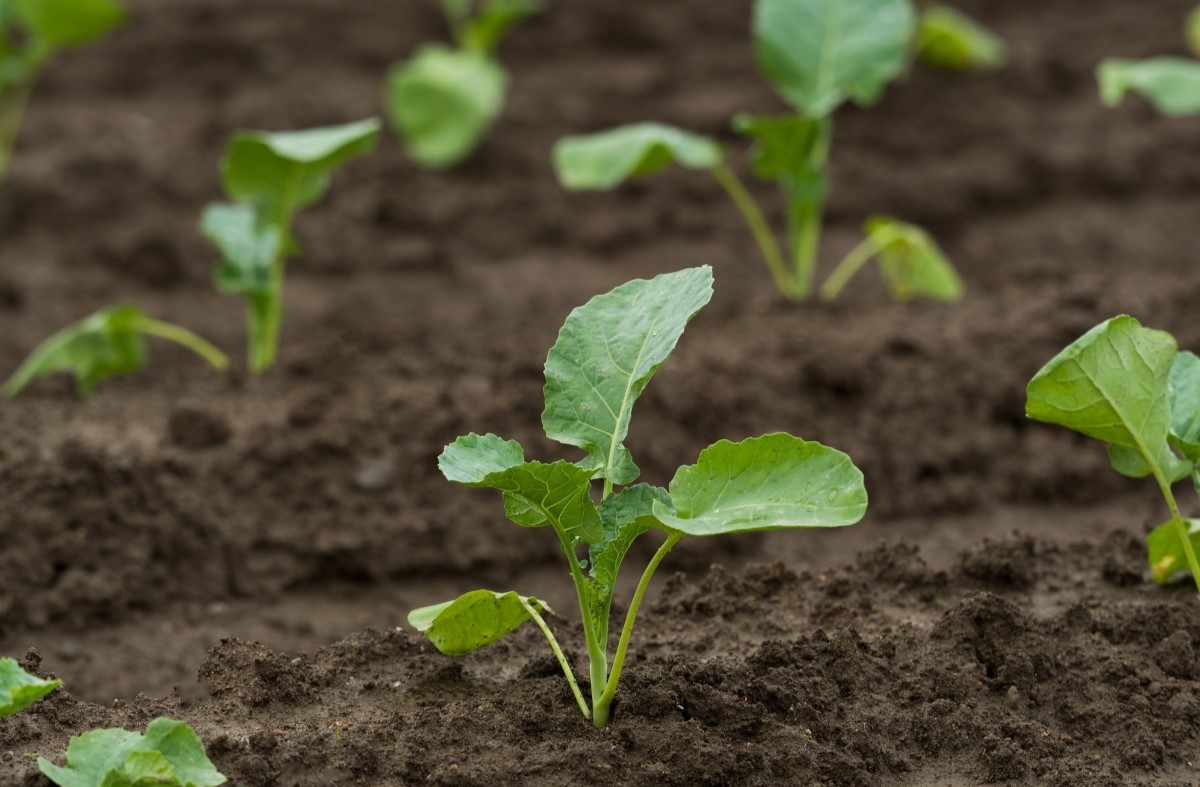
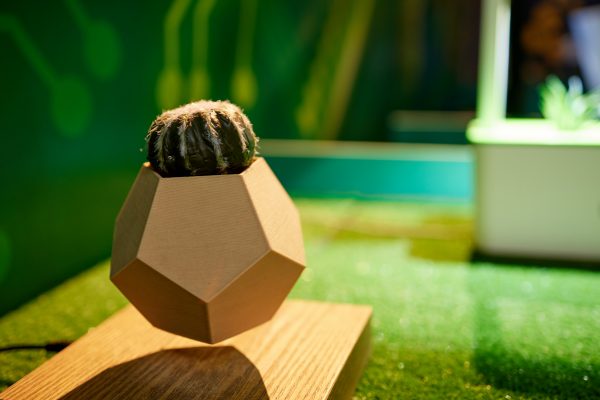
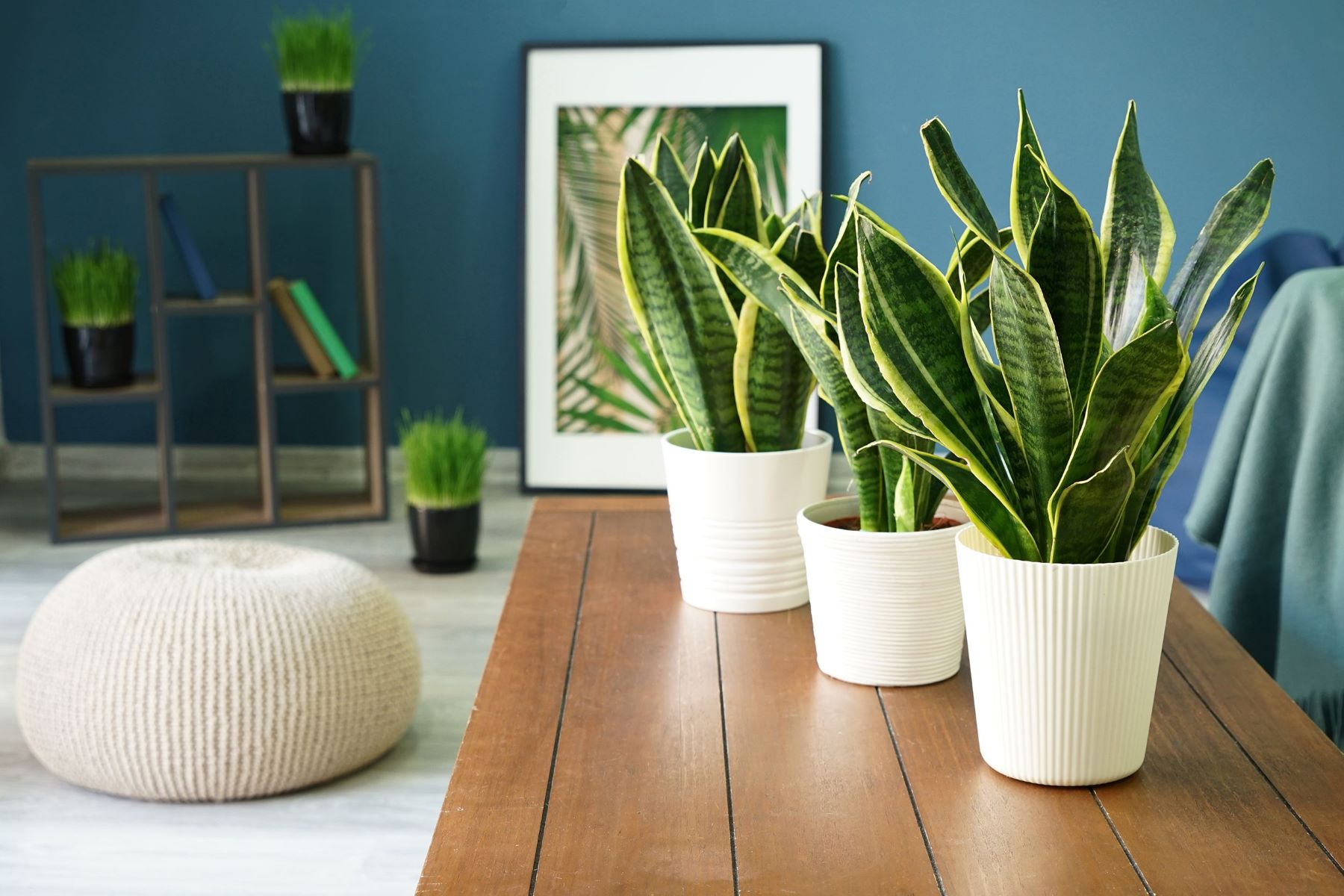

0 thoughts on “Indoor Spider Plant Propagation to Expand Your Plant Collection”